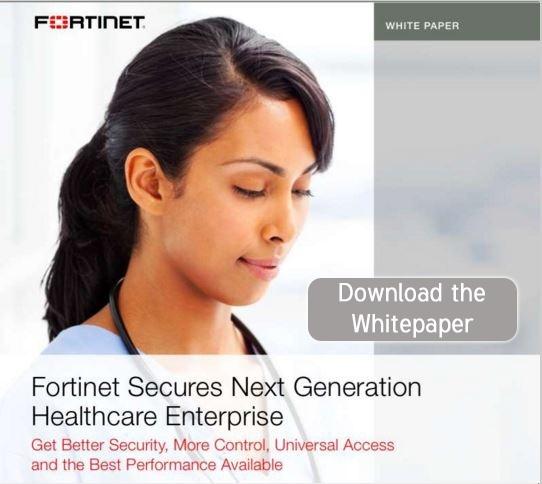 Healthcare organizations suffered more data breaches than any other sector in 2015, with a record-breaking 100 million people affected. Of the breaches compromising over one million patient records, only one reported the involvement of healthcare cloud services.
Healthcare organizations suffered more data breaches than any other sector in 2015, with a record-breaking 100 million people affected. Of the breaches compromising over one million patient records, only one reported the involvement of healthcare cloud services.
With this kind of track record, it stands to reason that the cloud is one of the safest environments for healthcare data. Still, because of the huge potential impact of just one breach in the cloud, providers looking to move more data storage and management activities to the cloud need to proceed with cautious optimism and a full understanding of the risks and rewards.
Advantages of Storing Healthcare Data in the Cloud
The cloud offers a number of advantages to improve patient care delivery and quality, as well as provider performance. In addition to secure data storage, it provides a common platform that healthcare professionals can access anywhere and anytime, across disciplines and devices, to efficiently share first-hand patient data. The result is faster delivery of more accurate patient insight, so clinicians can make timelier, better informed treatment decisions.
From an operational perspective, the cloud provides a flexible, advanced IT infrastructure that enables providers to modernize at lower overhead costs. It delivers on-demand access to computing and large storage facilities not available in traditional IT environments. All of this serves to reduce the cost and complexity of sharing and managing records and resources—resulting in the more timely access of lifesaving patient information and billing data.
Creating a Secure Cloud Culture
There’s no questioning the value of simpler, faster data access to healthcare providers. But in the cloud, it does expose healthcare networks and patient data to a new set of risks by creating an additional population of network “insiders” with high access privileges—for example, cloud managed service administrators and compliance auditors.
When creating a cloud security culture, providers need to consider these risks along with those plaguing traditional network environments, like malicious and careless insiders. Preventing them requires an informed and methodical approach to cloud computing that involves:
1. Knowing your policies. Look over your current information security policies and make sure that they’re rigorous enough for the cloud.
2. Establishing objectives. Decide what information will be transferred to the cloud and for what purpose. Involve all stakeholders in the decision-making process including HR, IT and management. Develop a plan for securing each type of data you plan to transfer. This is also a good time to explore all potential costs involved and verify the budget is available to support your strategy.
3. Testing proposed solutions. To ensure viability, test all proposed solutions on-site before full implementation.
Balance Risk and Rewards
Data breaches in the healthcare industry are on the rise. However, 2015 trends are a clear indication that the cloud may be less vulnerable to exposure than traditional on-premise storage and management systems. Nonetheless, moving healthcare data to the cloud carries a new set of risks that must be weighed with the enormous value. It helps to work with a network security provider like Resilient Intelligent Networks that offers network assessment, planning product and support solutions to help healthcare organizations achieve the best value for their needs.
Resilient Intelligent Networks has extensive experience in the healthcare sector, and partners with IT product providers that offer the industry’s best technologies. This gives us the expertise and resources to provide networking solutions that are just right for your needs.




